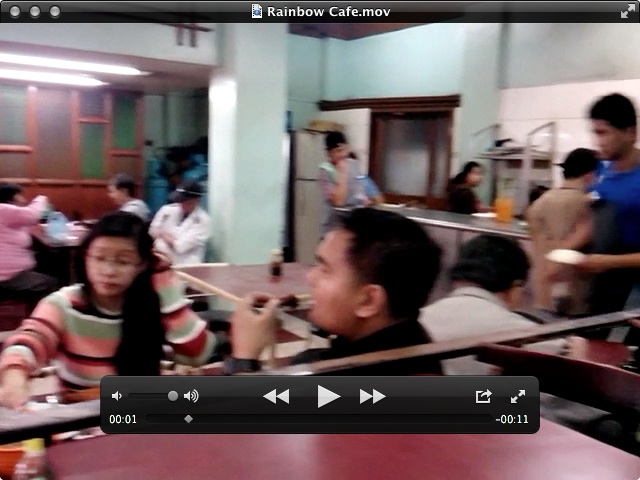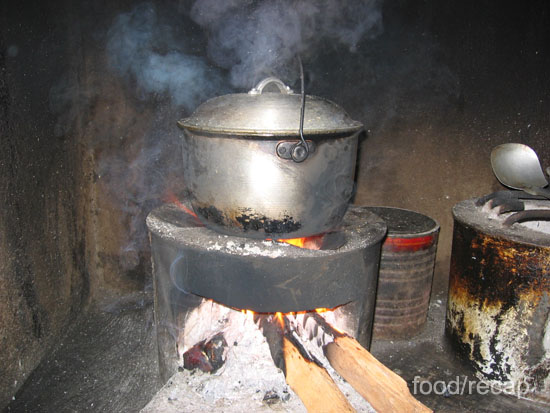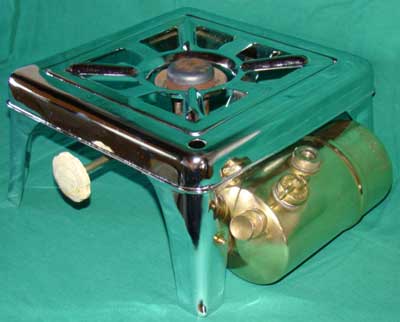My ex-girlfriend M. and I started on the opposite side of the foodie fence when we began what others call “dating”. She was an exacting gourmet, and I was a slob. But we settled on a happy compromise apart from standard, home-cooked native Pinoy: we both liked Chinese. We made the rounds of cheap Chinatown restaurants in the sidestreets of Binondo-San Nicolas, Sta. Cruz and Quiapo, where to be a gourmet is to eat heartily with soupbowl slurps, chopstick ninja, endless pots of tea, sometimes a final steaming towelette. Plus take-home hopia or siopao.

Like many other denizens of the metropolis in the early 1980s, and as a new couple adjusting to each other’s tastes, we also liked Max’s, Little Quiapo, Savory, Moderna, Ma Mon Luk and all that traditional stuff. We partook of them all occasionally, when we had money to spare. But we soon settled into regular budget haunts — many of them tiny holes in the wall or half-forgotten sleepy noodle houses a only a few of our acquaintances knew — where the waiters knew our tastes like Mama’s favorite Sunday lunch fare.
If you’ve been to Ramon Lee in Quiapo and Canada Cafe in Ongpin (are they still open?), you’ll know what I mean. Like I said, M. is proud of her cooking, and didn’t shirk from pointing out the merits and demerits of each dish. I, on the other hand, would grin and nod contentedly at the waiters, even burp and tap my full stomach in appreciation. Continue reading “Rainbow Café forever!”



